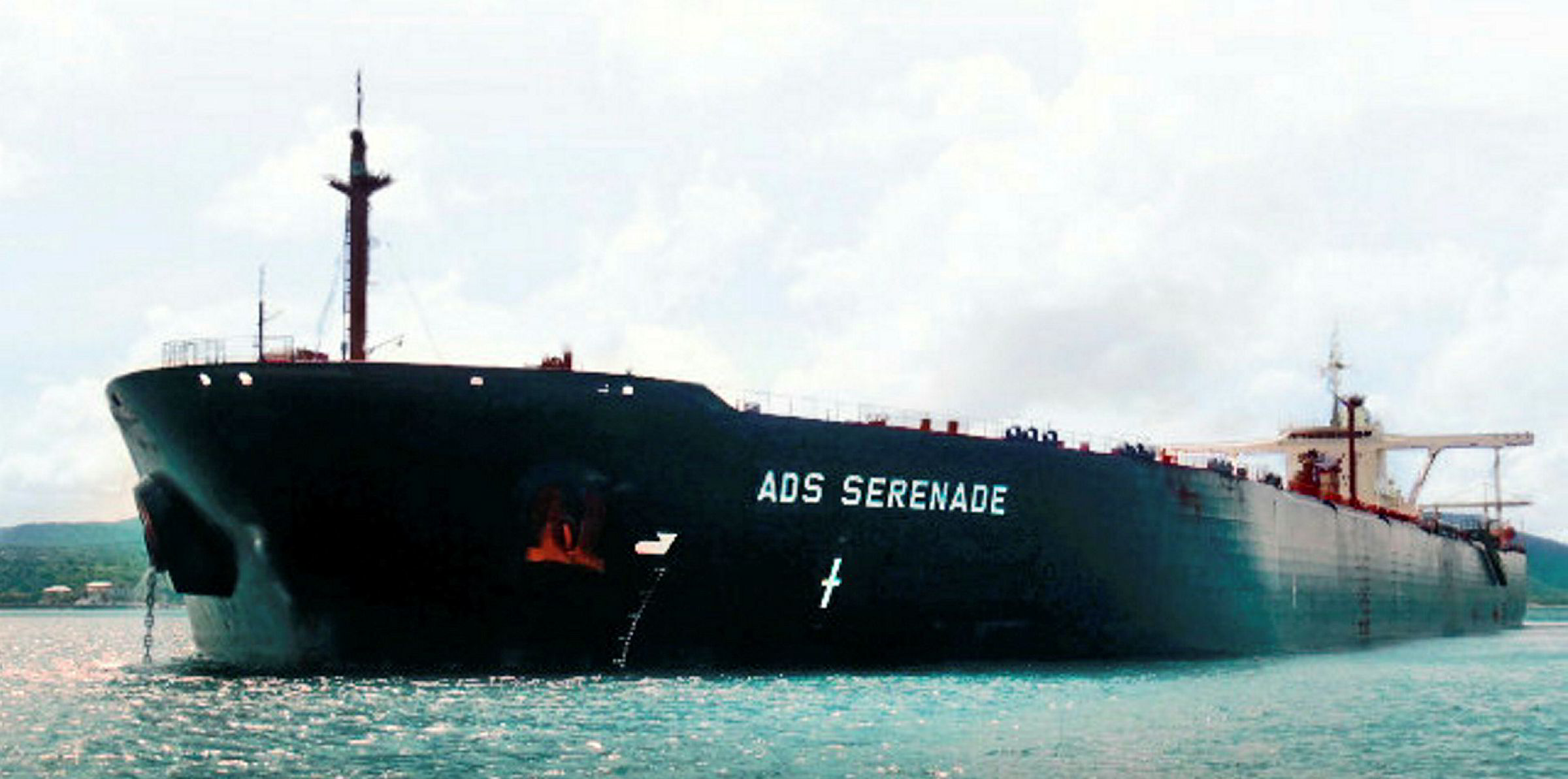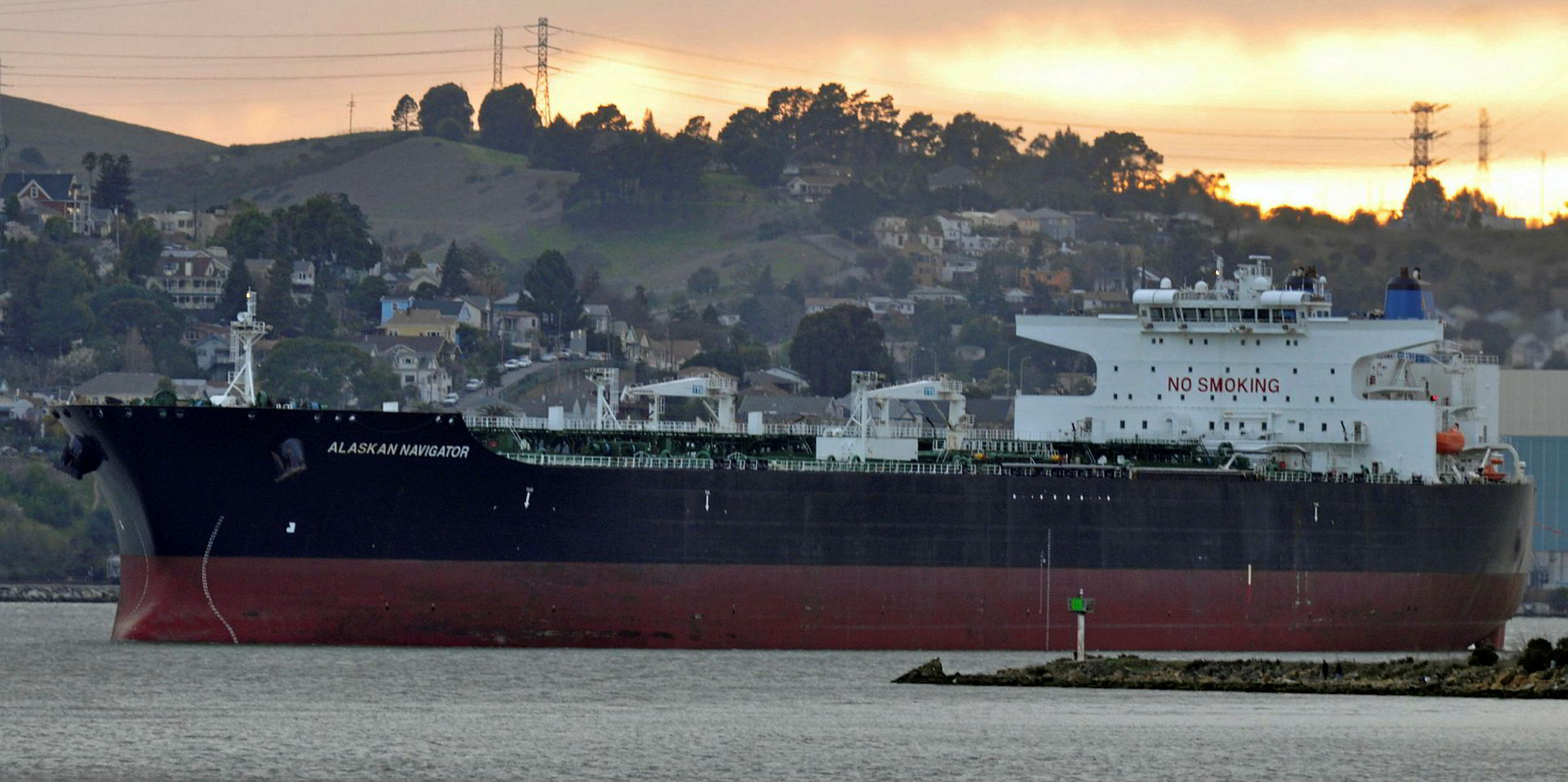The amount of crude stored at sea could stay high for several months, limiting tonnage supply in the red-hot tanker freight market, according to IHS Markit.
The data and research firm suggests more than 130 VLCCs and suezmaxes are used as floating storage for 175m barrels of crude as of Tuesday — up from about 100m barrels in late March.
The figures take into account laden ships that have not moved for seven days or more.
“There is no doubt that the oil industry will keep on facing difficulties driven by global oversupply and oil reserves built up close to maximum capacity,” IHS Markit principal liquid bulk analyst Fotios Katsoulas said.
“Current floating storage levels could last at least for [the] coming month as it will take time for the market to return to a healthy balance between supply and demand.
“We have estimated that up to 190m barrels of tanker capacity could be dedicated to storage for the coming weeks or months.”
With the coronavirus-triggered demand collapse and an earlier price war among producers, many oil analysts have forecast at least 10m barrels per day (bpd) of excess crude in the second quarter.
“The impact of the coronavirus pandemic in global crude consumption, which is estimated to have dropped by a third, was followed by full utilisation of land-based storage capacity, with all eyes now turning on available ships,” Katsoulas said.
“This is a historic time for the market, with fundamentals related to production and consumption changing drastically within weeks.”
Spot tanker earnings have been strong in recent weeks, with large tonnage removed from trading for floating storage use.
According to the Baltic Exchange, VLCC earnings on the Middle East Gulf to China route were assessed at $162,476 per day on Tuesday. Average suezmax earnings were $81,619 per day and aframaxes were at $78,098 per day.
Even though the number of tanker liftings are to fall due to the Opec+ supply cut of 9.7m bpd from May, many tanker players believe spot trade will remain supported by tight supply.
“The limited availability of open ships to load fresh cargoes from exporting regions such as Middle East Gulf and West Africa, together with the increasing number of ships employed for floating storage, has pushed spot rates for tankers among all size classes and routes to rather high levels,” Katsoulas said.






